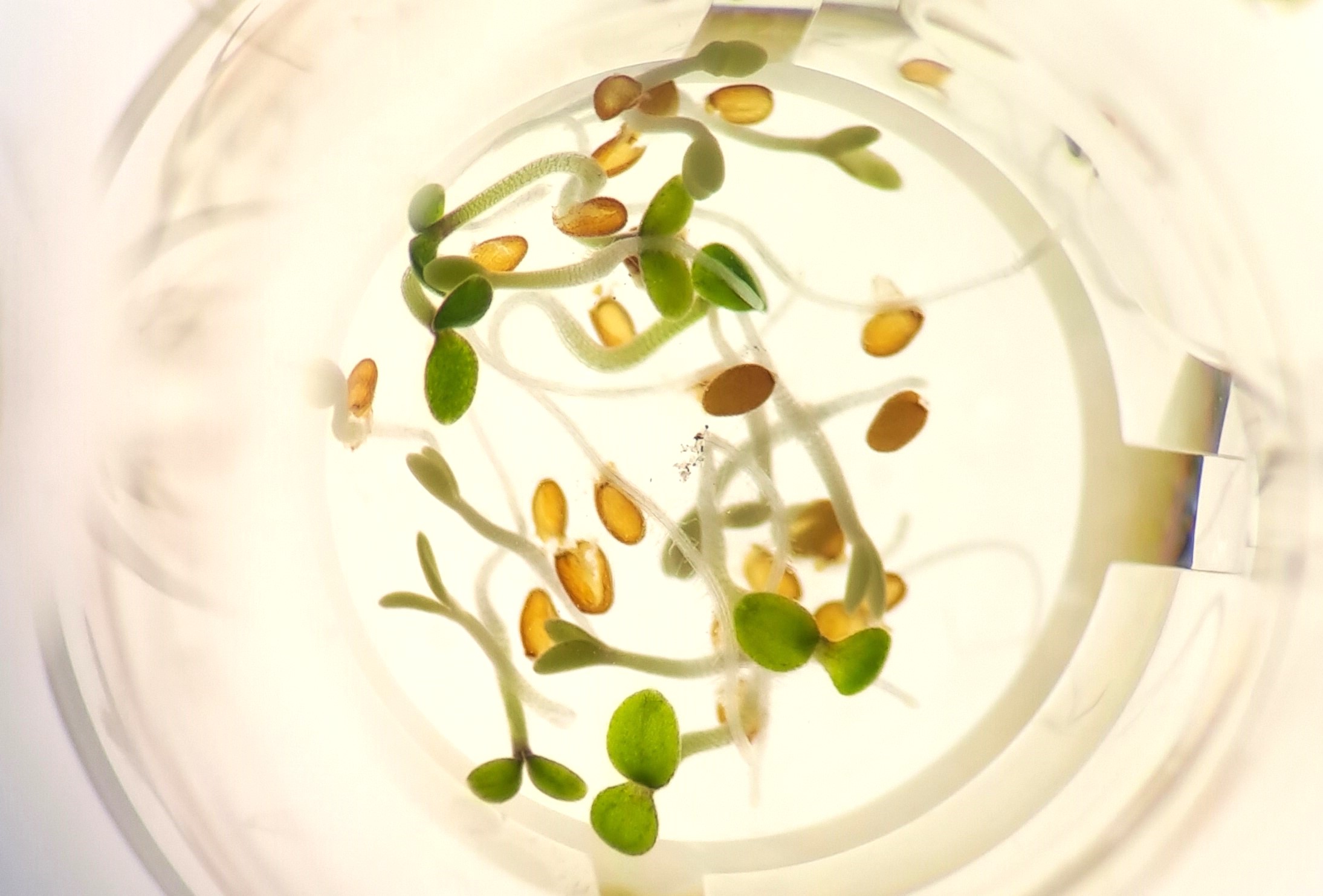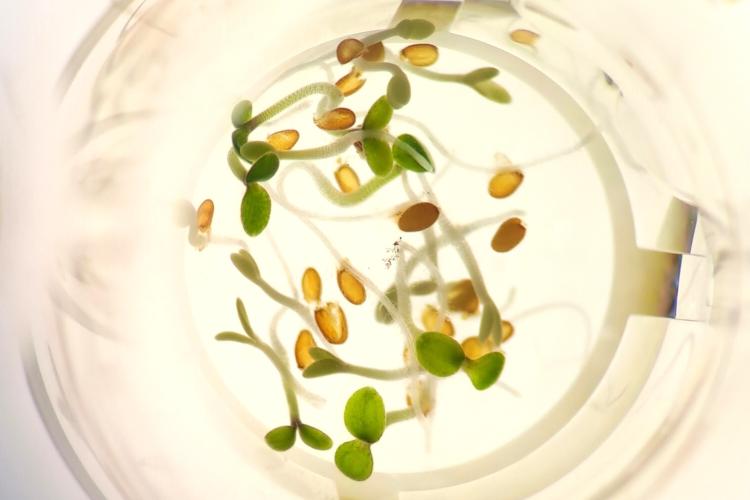Strigolactones (SLs) are one of the best-known signaling molecules released into the rhizosphere to regulate interactions with neighboring organisms. Originally isolated from plant root exudates as germination stimulants for root parasitic plants of the Orobanchaceae family, SLs play a dual role in rhizosphere. They ensure germination of the parasitic plants in the presence of the host, leading to significant crop losses worldwide. However, their primary function lies in supporting plant growth. By promoting the colonization of roots by symbiotic arbuscular mycorrhizal (AM) fungi, they help plants overcome nutrient limitations, particularly phosphorus, crucial for healthy growth. But that is not all – SLs are the most recently discovered plant hormones. They finely tune various aspects of plant development, including shoot branching, secondary stem growth, leaf shape, and root growth. Understanding the complex signaling pathway of SLs is crucial for deciphering their dual roles as plant hormones and germination signals for parasitic weeds. To achieve this, we employ a combination of methodologies, including the investigation of protein-protein, protein-DNA, and protein-metabolite interactions. A comprehensive analysis of these signaling components promises novel insights into how SLs operate in plants and within the rhizosphere environment.
-
 Strigolactone action in the Rhizosphere
Strigolactone action in the Rhizosphere

